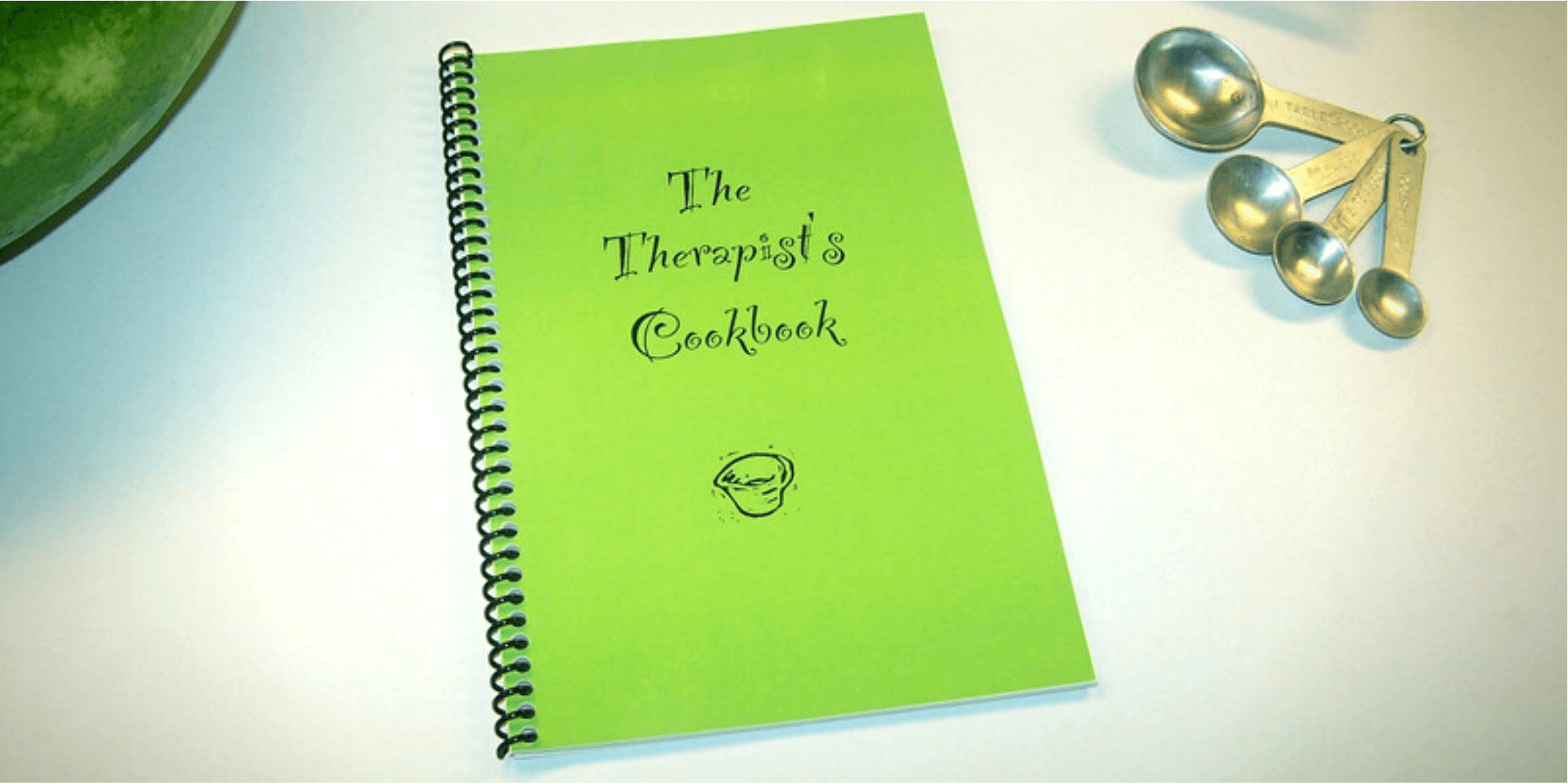
Cooking and baking are great ways to interact with your children. It is a way to spend time together, develop appropriate skills, and, of course, have a finished product. There are many emerging skills that can be incorporated into cooking and baking. Reading (have child read words he may know. Practice reading words together), direction following (follow the sequence of directions of recipe), and math (measuring, adding fractions), are skills that can be a focus while cooking. Reinforcing vocabulary, improving fine motor skills (hand strength, crossing midline, using two hands together), and gross motor (balancing, trunk control and stability) are other great skills that can be incorporated).
Some ground rules for cooking with children
1. Be consistent. Children learn best from consistency. It teaches them what to expect.
2. Limit your time. Don’t make it long and tedious. Children do not have the same attention span as adults. Younger children (3-6) are less focused than older children (7-10).
3. Stop if either you or your child becomes bored or frustrated; otherwise, this will become a dreaded time. Inform your child of the estimated time so they will have appropriate expectations. “This will take us 15 minutes to put together.” Before you begin, have all of your ingredients ready so you can keep within expectations.
4. Get your child’s attention before you speak and give them your full attention when s/he speaks. Have your child repeat the direction back to you to make sure they heard and processed the information.
5. Talk about what you are doing (self talk) and what your child is doing (parallel talk). An example of self-talk would be “I am mixing the butter and sugar together.” An example of parallel talk would be “you are cracking the eggs.”
6. Use short phrases. “Count out 2 eggs”.
7. Repeat key words and phrases.
8. Expand on your child’s comments by adding comments of your own. “The broccoli is green.” “Yes, the broccoli is green and has a bumpy texture.”
9. Make statements about similarities and differences as they come up.
“The flour and sugar are both white.”
“The egg shell is white and hard and the flour is white and soft.”
10. Explain cause and effect.
“When butter melts it goes from a solid to a liquid.”
“Touch a hot stove and you can burn your finger.”
1, 2, 3, 4-BEAN SALAD
Ingredients
1 can wax beans
1 can green beans
1 can chick peas
1 can kidney beans
1 small red onion
Italian dressing
Directions
Open all cans, drain liquid, and empty into a bowl.
Reinforce using two hands to open the cans and mix in the bowl.
Cut up onion and toss with the beans.
Have your child describe how the beans are alike and different.
Mix well.
Reinforce using two hands: working hand and helper hand.
Toss with Italian dressing and mix well.
Use a wooden spoon to stir and mix thoroughly.
Cover and refrigerate.
The activities suggested here are designed to reinforce in children some very basic skills. This is not intended as a substitute for therapy by licensed therapists. If you have concerns about your child’s physical or language development, consult your pediatrician or a licensed therapist in your area.
Supervise your child when using sharp knives and other potentially dangerous utensils.
© 2012 The Therapist’s Cookbook by Jacqueline Messineo-Cowles
